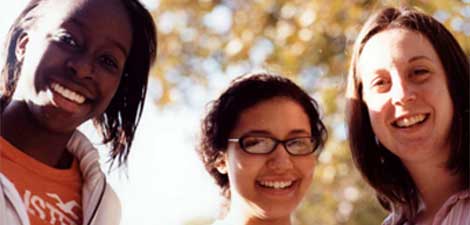One Haverford student’s fight against the Apple iTunes oligarchy
By Mike Troup
The Recording Industry Association of America has been fighting a battle against online music piracy since the creation of illegal music download websites, starting with Napster in 1999. The RIAA has begun to enjoy success lately in catching people pirating music thanks to technology that allows monitoring services to search the database of music download programs and find people who are illegally sharing music.
Leave it to a Haverford College student to find a way around illegal file sharing — as well as a loophole in the music downloading system.
Introducing the hero: Joe Huttner. Huttner, 21, is a senior at Haverford. The New Jersey native is the creator of SadSteve.com, a music download website launched from his dorm room in January, 2008. He is determined to show that music can still be distributed over the internet without any hassle from the RIAA and major music labels.
“My inspiration for the site came in August, 2007, following a discussion with a friend regarding the current, weakened state of the music industry,” said Huttner, leaning back in his chair as if he was Marlon Brando in The Godfather.
Apple Inc.’s takeover and near monopolization of legal digital music distribution through iTunes is what made Huttner feel like he had to take action. While the 6’3″ baseball player turned internet wiz appears to be a gentle giant, he is hardly soft-spoken.
“The industry’s major problem, in our minds at least, was its newfound allegiance with Apple Computer, Inc.,” he said. ” Labels had relinquished control of the fastest growing distribution channel, the digital one, to Apple, a company devoted to technology, not music production.”
Huttner set out to create Sad Steve to connect with music fans directly. It has a library of songs available for download that is increasing in size every day.
“Sad Steve is first and foremost an audio search engine,” said Huttner. “The search engine finds music, podcasts, comedy tracks, and even speeches.”
The way that music is made available on Sad Steve is simple. The site indexes mp3 files (the file type of most audio files) that are available all over the internet. Users can then download the file directly from the site to their computers.
“For example,” said Huttner, “If the website for John’s California Surf Club hosts a Beach Boys song, that file is indexed and made available to you, the user.” Continue reading



